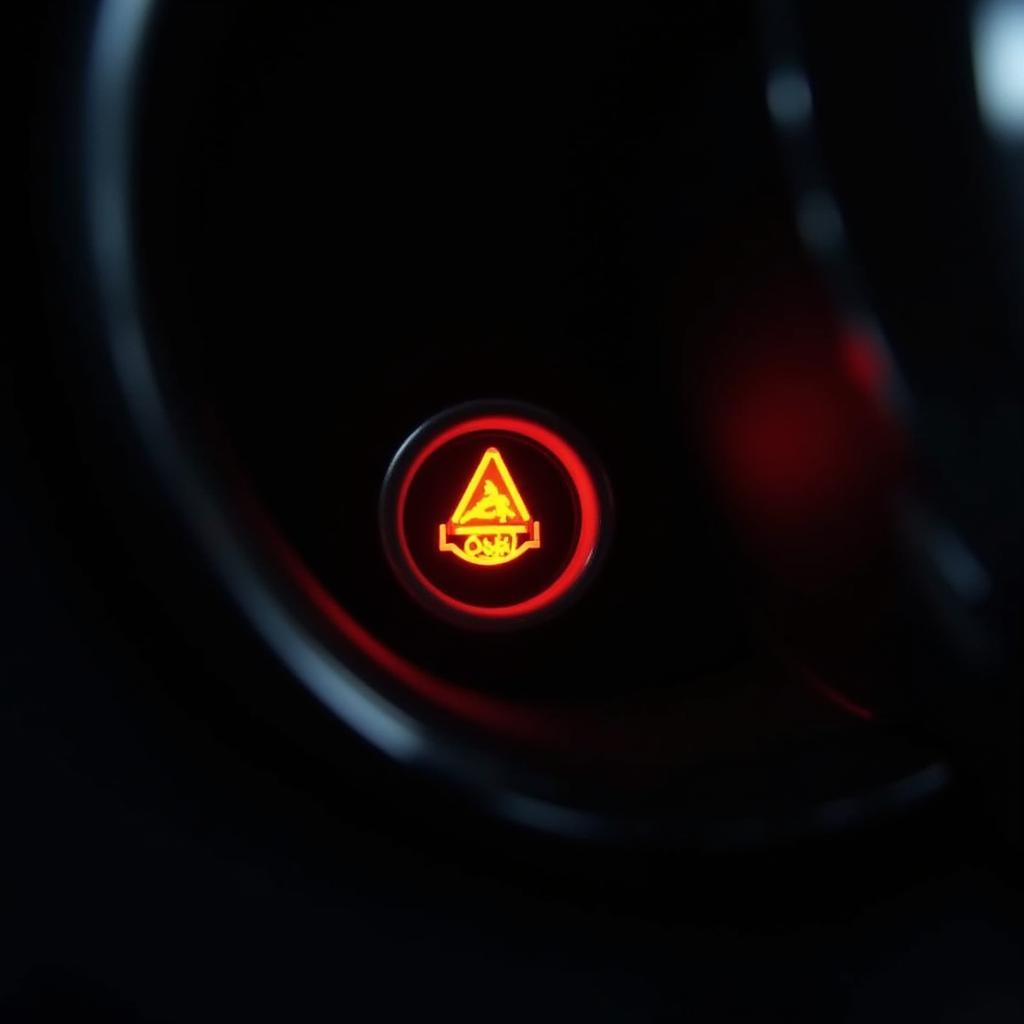When your car’s dashboard displays an “AdBlue Low Range” warning, it’s not just a nuisance – it signals a potential problem that needs your attention. AdBlue is a vital fluid used in modern diesel vehicles to reduce harmful emissions, and a low level can lead to serious issues, ultimately preventing your car from starting.
In this article, we’ll delve into the causes behind an AdBlue low range warning, understand why it’s critical to address, explore solutions to the problem, and guide you through the process of resetting your AdBlue system.
What is AdBlue, and Why Does It Matter?
AdBlue, also known as DEF (Diesel Exhaust Fluid), is a non-toxic solution composed primarily of urea and demineralized water. It’s injected into your vehicle’s exhaust system to convert harmful nitrogen oxides (NOx) into harmless nitrogen and water.
Failing to maintain a sufficient AdBlue level can lead to several consequences, including:
- Reduced engine power: Your car’s engine may begin to lose power as it enters “limp mode” to protect itself from damage.
- Increased emissions: Without AdBlue, your vehicle will release harmful NOx emissions, contributing to air pollution.
- System malfunctions: AdBlue sensors and pumps can malfunction if the fluid level drops too low.
- Engine damage: In severe cases, running out of AdBlue can lead to irreparable engine damage.
- Driving restrictions: In some regions, driving with a low AdBlue level may be illegal.
Common Causes of an AdBlue Low Range Warning
There are a few common reasons why your AdBlue low range warning might appear:
- Running out of AdBlue: This is the most obvious reason, but it’s often overlooked due to the seemingly complex nature of the AdBlue system.
- Leaking AdBlue: A leak in the AdBlue tank, lines, or injectors can cause a rapid depletion of the fluid.
- Faulty AdBlue sensor: A faulty sensor might falsely indicate a low AdBlue level, even if the tank is full.
- Software glitch: In some cases, a software glitch within the vehicle’s control system may trigger a false AdBlue warning.
Troubleshooting an AdBlue Low Range Warning
- Check the AdBlue Level: First, make sure you haven’t simply run out of AdBlue. Find the AdBlue tank, typically located near the fuel tank, and visually check the fluid level. Some vehicles also have a gauge on the dashboard that displays the AdBlue level.
- Inspect for Leaks: Look for any signs of AdBlue leaks around the tank, lines, and injectors. You might find puddles of fluid or a white, crystalline residue.
- Diagnose Sensor Issues: If you suspect a faulty AdBlue sensor, you’ll need to use a diagnostic tool to check the sensor’s readings and compare them to the actual AdBlue level.
- Consider Software Reset: If you’ve confirmed that the AdBlue level is sufficient and there are no leaks, a software reset might be necessary. This can often be performed using a specialized tool, like a car diagnostic scanner, and in some cases, can be done through the car’s infotainment system.
How to Reset Your AdBlue System
- Consult Your User Manual: Your vehicle’s owner’s manual should provide specific instructions on how to reset the AdBlue system.
- Professional Assistance: If you’re uncomfortable with the process or if your manual doesn’t offer clear instructions, consult a qualified automotive technician.
Common FAQs About AdBlue Low Range Warnings
Q: How often should I refill my AdBlue tank?
A: The AdBlue refill frequency varies depending on your driving habits and vehicle model. Most manufacturers recommend topping it off every 6,000-12,000 miles.
Q: What happens if I ignore the AdBlue warning?
A: Ignoring the warning can lead to serious problems like reduced engine power, increased emissions, and ultimately engine damage.
Q: Can I use regular water instead of AdBlue?
A: Absolutely not! Using regular water will damage your vehicle’s AdBlue system and can lead to costly repairs.
Q: How long does it take to refill my AdBlue tank?
A: Refill time depends on the tank size. Typically, it takes around 5-10 minutes to refill a tank.
Q: Can I drive my car if the AdBlue warning light is on?
A: While you might be able to drive for a short distance, it’s best to top off your AdBlue tank as soon as possible. Driving with a low AdBlue level can have serious consequences for your vehicle.
Expert Insight
“AdBlue is an essential component for modern diesel vehicles,” says John Smith, a certified automotive technician with over 20 years of experience. “It’s vital to understand that a low AdBlue warning is not something to be ignored. Ignoring it can lead to costly repairs and even engine damage.”
Conclusion
An AdBlue low range warning might seem intimidating, but understanding the causes and solutions is essential. Regularly checking your AdBlue level, being aware of potential leaks, and addressing any faulty sensors will help you avoid potential issues. If you’re ever unsure, don’t hesitate to consult a qualified mechanic.
By addressing the “AdBlue low range” warning promptly, you can ensure your diesel vehicle continues to run smoothly and efficiently while adhering to emission regulations.

